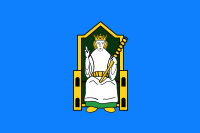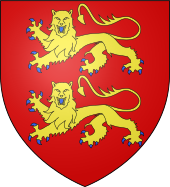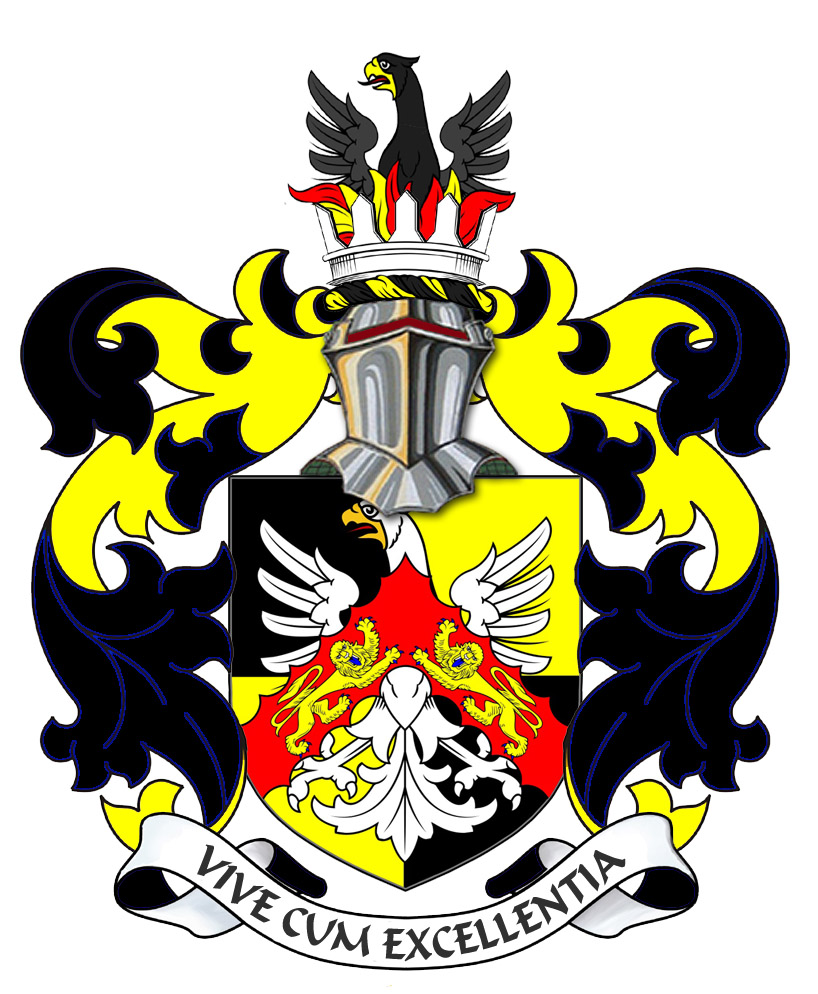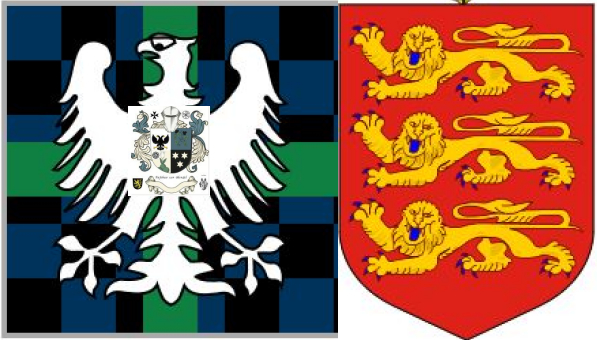Baron Longford Baron Annaly - Feudal Principality Seignory




Irish Mythology and Celtic Gods of HistoryThe Tuath(a) Dé Danann (Irish: [t̪ˠuəhə dʲeː d̪ˠan̪ˠən̪ˠ], meaning "the folk of the goddess Danu"), also known by the earlier name Tuath Dé ("tribe of the gods"),[1] are a supernatural race in Irish mythology. They are thought to represent the main deities of pre-Christian Gaelic Ireland.[1] The Tuatha Dé Danann constitute a pantheon whose attributes appeared in a number of forms throughout the Celtic world.[2] The Tuath Dé dwell in the Otherworld but interact with humans and the human world. They are associated with ancient passage tombs, which were seen as portals to the Otherworld. Their traditional rivals are the Fomorians (Fomoire),[3] who seem to represent the harmful or destructive powers of nature,[4][5] and who the Tuath Dé defeat in the Battle of Mag Tuired. Each member of the Tuath Dé has associations with a particular feature of life or nature. Much of Irish mythology was recorded by Christian monks, who modified it to an extent. They often depicted the Tuath Dé as kings, queens and heroes of the distant past who had supernatural powers.[7] Other times they were explained as fallen angels who were neither good nor evil.[8] However, some medieval writers acknowledged that they were gods. They also appear in tales set centuries apart, showing them to be immortal. Prominent members of the Tuath Dé include The Dagda, who seems to have been a chief god; The Morrígan; Lugh; Nuada; History of the County of Longford by James P. Farrell was published in 1891 and tells the history of the county from ancient prehistoric times until the late 19th century. James P. Farrell claims they were desdendants of the Milesian conquerors of Ireland who supposedly defeated the mythical Tuatha De Danaan hundreds of years before Christ. The Milesians are said to have come from Spain . Their ancestor was Ghaedhal or Gatelus a sixth generation descendant of Noah. Noah is said to have been a ninth generation descendent of Adam the first man. This reveals the common perception in the 19th century that the Earth was merely a few thousand years old. Cistercian Abbey at Abbeyshrule, Longford
|
About Longford Pedigree of Longford Annaly Honour of Annaly Longford The Seigneur Lords Paramount Ireland Market & Fair Chief Captain Kings Forces Chief and Captainship of The Annaly Lord Governor of Annaly Prince of Annaly Principality Chief of the Annaly Princes of Longford Feudal Princes of WestMeath Count of the Palatine of Meath A Barony Explained Princes of Annaly Pedigree Sovereign Title Succession Lord of St. Brigit's Longford Abbey Est. 1578 Lord of the Pale Commissioners of the Peace Tenures Abolition Act 1662 - Rights to Sit in Parliament Law of Ireland Seneschal of Meath List of Townlands of Longford Annaly English Pale Kings of Hy Niall Colmanians Court Barons News Irish Kingdoms Lordships of Granard Fishing & Dams Rights Rights of Lords & Barons Datuk Seri Baliwick of Ennerdale Moneylagen Feudal Barons Styles and Dignities Lord Baron Longford Baron de Delvyn Longford Map Lord Baron of Delvin Baron of Temple-Michael Baron of Annaly Kingdom Annaly Lord Conmaicne Baron Annaly Order of Saint Patrick Baron Lerha Granard Baron AbbeyLara Baronies of Longford Princes of Conmhaícne Angaile or Muintir Angaile Baron Lisnanagh or Lissaghanedan Baron Moyashel Moiety of Ardagh Baron Rathline Abbeys of Longford Grants to Delvin Baron Inchcleraun HOLY ISLAND Quaker Island Longoford CO Abbey of All Saints Hereditaments Kingdom of Uí Maine Baron Dungannon Baron Monilagan - Babington Lord Liserdawle Castle Baron Columbkille Kingdom of Breifne or Breny Baron Kilthorne Baron Granarde Count of Killasonna Baron Skryne Baron Cairbre-Gabhra AbbeyShrule Fiefs of the Islands Feudal Westmeath The Island Lords Fief Worship Channel Island History Fief Blondel Fief Blondel Merchandise Events Blondel and King Richard Fief Coin Feudal Guernsey Titles The Feudal System Flag & Arms Castle Site Map Disclaimer Blondel Myth Dictionary Honorable Colonel Mentz Order of St. Columba Valuation of Principality & Barony of Annaly Longford
Feudal Baron of Longford Annaly - Baron Longford Delvin Lord Baron &
Freiherr of Longford Annaly Feudal Barony Principality Count Kingdom of Meath - Feudal Lord of the Fief
Blondel of the Nordic Channel Islands Guernsey Est. 1179 George Mentz
Bio -
George Mentz Noble Title -
George Mentz Ambassador - Order of the Genet
Knighthood Feudalherr - Fief Blondel von der Nordischen
Insel Guernsey Est. 1179 * New York Gazette ®
- Magazine of Wall Street - George
Mentz - George
Mentz - Aspen Commission - Ennerdale - Stoborough - ESG
Commission - Ethnic Lives Matter
- Chartered Financial Manager -
George Mentz
Economist -
George Mentz Ambassador -
George Mentz - George Mentz Celebrity -
George Mentz Speaker - George Mentz Audio Books - George Mentz Courses - George Mentz Celebrity Speaker Wealth
Management -
Counselor George Mentz Esq. - Seigneur Feif Blondel - Lord Baron
Longford Annaly Westmeath
www.BaronLongford.com * www.FiefBlondel.com |




Commissioner George Mentz - George
Mentz Law Professor - George
Mentz Economist
George Mentz News -
George Mentz Illuminati Historian -
George Mentz Net Worth
The Globe and Mail George Mentz
Get Certifications in Finance and Banking to Have Career Growth | AP News
